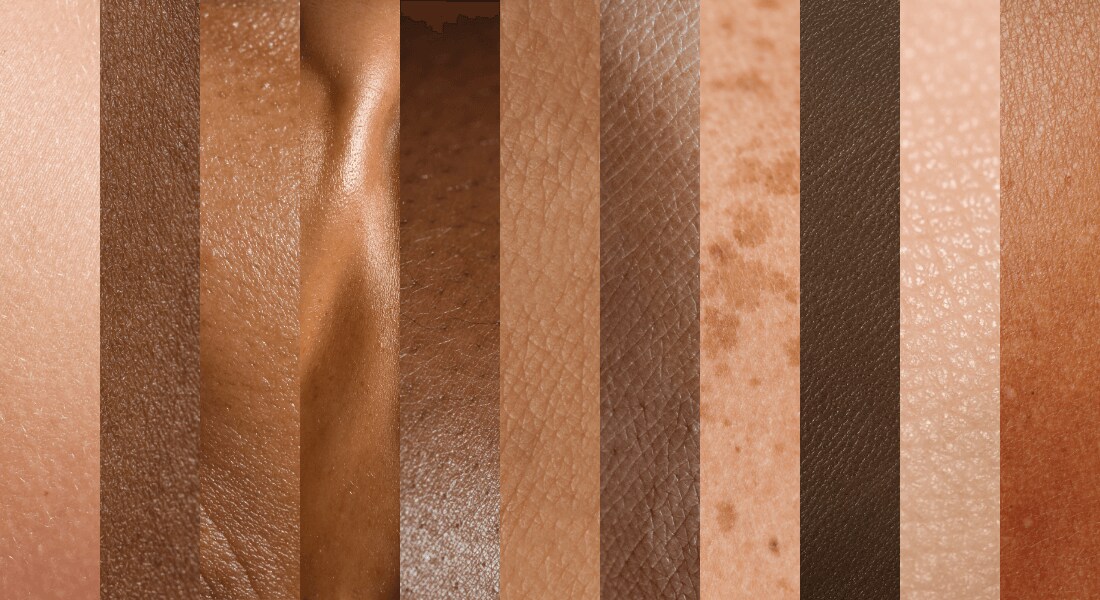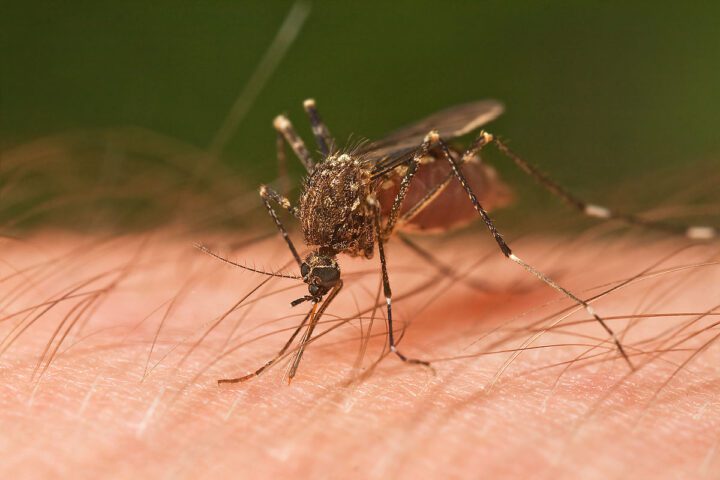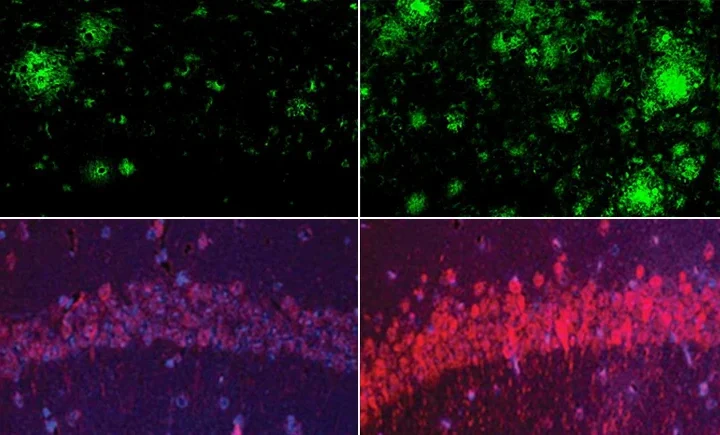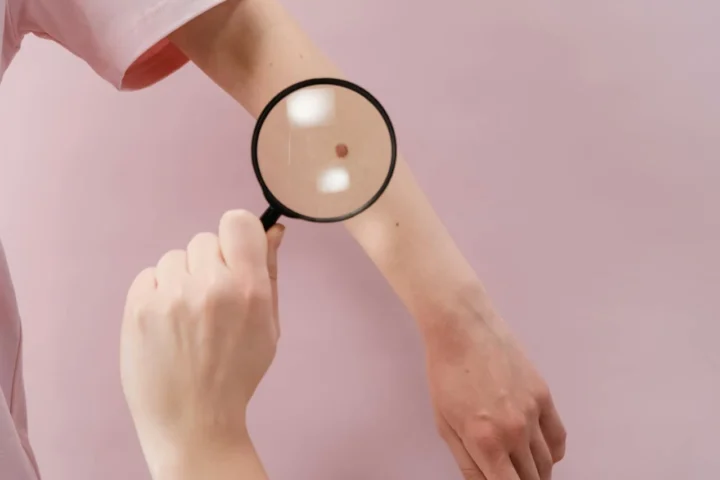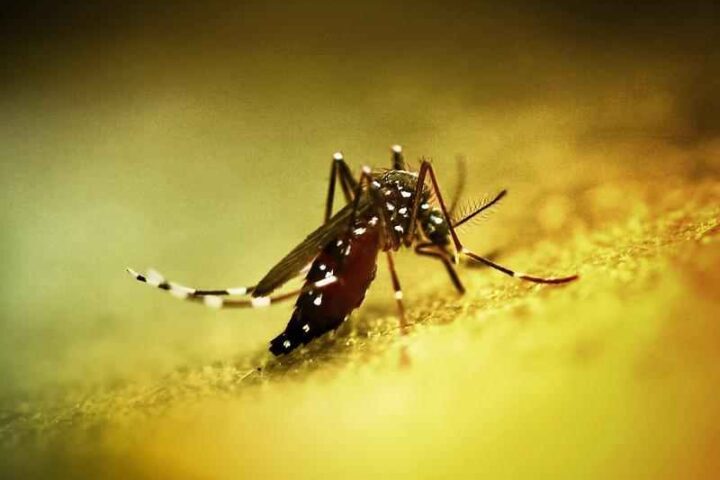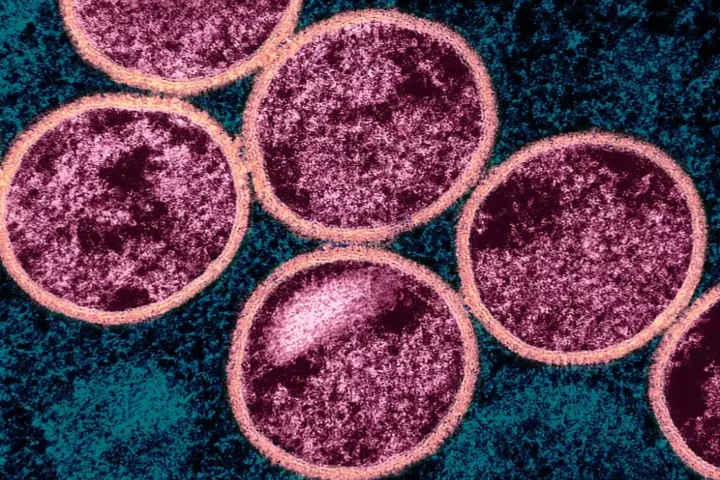A life-threatening skin condition that causes skin to die and fall off now has a cure, thanks to groundbreaking research from the University of Copenhagen. The disease, Toxic Epidermal Necrolysis (TEN), typically strikes as an autoimmune response triggered by common medications, antibiotics, or viral and bacterial infections. The condition has a 30% mortality rate.
“By using this technology, we were able to show the underlying, molecular cause of TEN,” says Associate Professor Andreas Mund from the Novo Nordisk Foundation Center for Protein Research. His team developed Deep Visual Proteomics (DVP), a technology that combines high-resolution microscopes with artificial intelligence to see exactly what’s happening inside skin cells.
TEN causes widespread skin cell death leading to detachment of the skin from the body. Until now, doctors could only try to help with inflammation, but no treatment proved fully effective.
The breakthrough came when researchers discovered an overactive protein interaction, known as the JAK-STAT signaling pathway, in skin cells. Fortunately, existing medication – originally used for rheumatoid arthritis and eczema – could fix this problem. “After using it for approximately a month, seven out of seven patients were cured,” reports researcher Thierry Nordmann.
More Stories
The technology behind this cure isn’t just for TEN. “It is a very generic technology that can be applied to any kind of disease where we don’t know the underlying cause,” explains Professor Mund. His team is already using it to study atherosclerosis, liver diseases, and skin cancer.
While the medication (JAK inhibitors) exists and showed success in these cases, larger clinical trials are needed to confirm the treatment’s efficacy and safety for TEN patients.
Professor Matthias Mann emphasizes why this approach works: “By targeting the specific proteins that cause the disease directly, you target the disease more precisely. This is a more effective method compared to medication that works more broadly.”
This breakthrough represents hope for families affected by TEN and similar conditions. As researchers continue studying other diseases using DVP technology, from liver problems to skin cancer, we might see more precise treatments that tackle the root causes of previously mysterious illnesses.
The role of DVP in medical research extends beyond skin conditions. According to Professor Mund, it can be applied to any disease with unknown causes, as long as there’s a tissue sample available – whether from the skin, liver, pancreas, or other organs. This suggests a future where more diseases could be understood and treated at their source.
